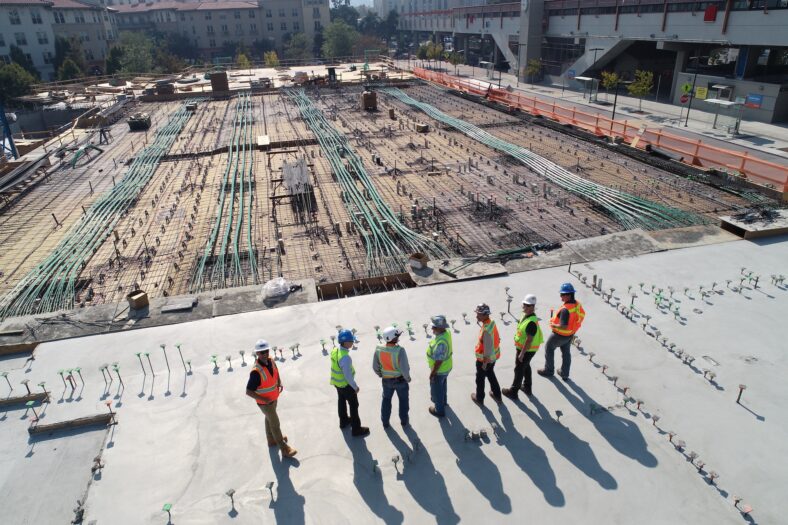In construction, where projects often span vast distances, contractors face a unique set of challenges. Coordinating teams, managing resources, and ensuring timely project completion become even more intricate when the physical site is far from your headquarters. Effective monitoring is paramount to conquering these challenges and ensuring the success of long-distance construction projects.
Key Elements of Effective Monitoring
To navigate these challenges successfully, certain key elements must be in place. Clear project goals and objectives should be established, ensuring that every member of the project team, including contractors, comprehends the overarching mission. Well-defined roles and responsibilities are crucial, as they establish accountability and prevent overlaps or gaps in the project workflow.
Timely and accurate reporting is another cornerstone of effective monitoring. Contractors play a pivotal role in providing regular updates on their progress, allowing project managers to assess the project’s overall health. Access to real-time data is equally important, as it empowers decision-makers with the insights needed to make informed choices.
Leveraging Technology for Monitoring
Modern construction project management has been revolutionized by technology, offering innovative solutions for monitoring long-distance projects. Contractors can take advantage of construction project management software and tools tailored to their specific needs. These platforms streamline communication, collaboration, and data management.
Contractors are no longer confined to traditional methods of project monitoring. With the advent of IoT sensors, drones, and mobile apps, real-time data collection has become more accessible than ever. These technologies allow contractors to gather critical data from various project phases, aiding in the early identification of issues.
Communication and Collaboration
For contractors, communication and collaboration lie at the heart of effective project monitoring. Regular video conferencing and virtual meetings bring teams together, fostering transparent communication. Cloud-based document sharing and collaboration tools ensure that project-related information is readily available to all stakeholders.
Instant messaging platforms provide a convenient way for contractors to maintain ongoing communication with the project team, addressing concerns promptly and keeping everyone updated on progress. Contractors must play an active role in these communication channels to ensure seamless coordination.
Remote Site Visits and Inspections
Physical site visits and inspections are integral to construction projects, even at a distance. Contractors should explore innovative ways to conduct these activities remotely. Leveraging technology, such as drones and remote inspection tools, allows contractors to visually assess progress and compliance.
In some cases, relying on trained local personnel or third-party inspectors can be a viable solution. These individuals can provide boots-on-the-ground insights, ensuring that the project is proceeding as planned.
Risk Management and Contingency Planning
Effective monitoring serves as a powerful tool in risk management. Contractors can actively identify potential risks and work collaboratively with project managers to develop robust contingency plans. The ability to foresee challenges and proactively address them can significantly mitigate project risks.
Contractors should be actively involved in risk assessment and the development of contingency plans, as they possess valuable insights into the practical aspects of construction that can impact project timelines and budgets.
Conclusion
Conclusion, monitoring long-distance construction projects is essential for their success. Contractors, as integral members of project teams, play a critical role in this process. By embracing technology, maintaining open communication, conducting remote inspections, and actively participating in risk management, contractors can contribute significantly to the successful completion of long-distance construction projects.
